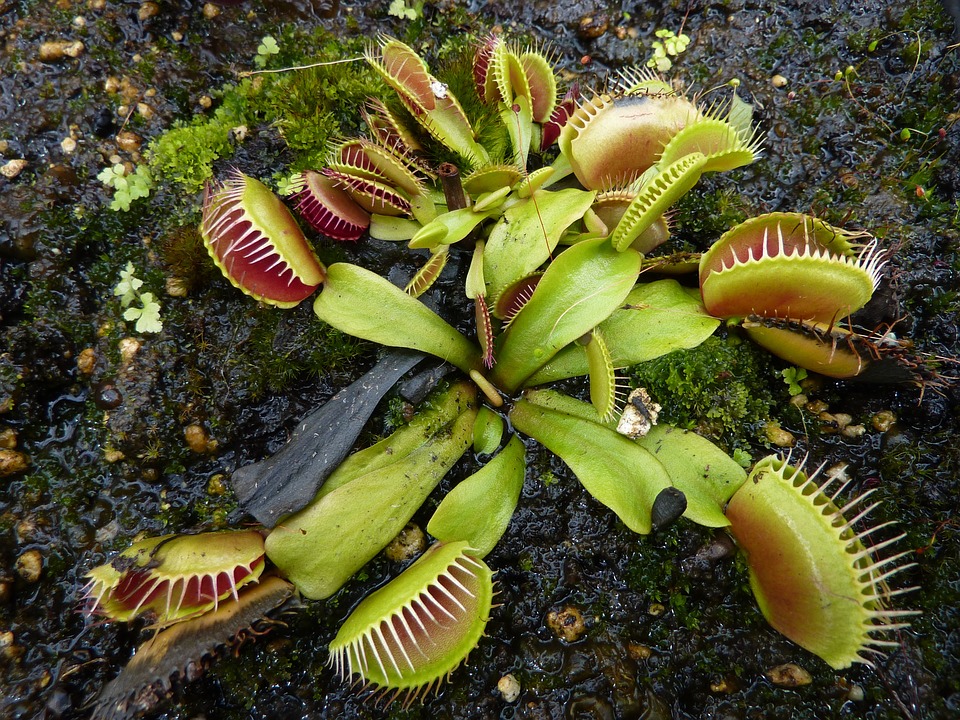
The fact that the Dionaea muscipula, or Venus flytrap, feeds on unsuspecting insects by luring them into its jaw-like leaves with sweet-smelling nectar has been known for centuries. However, scientists thought the prey only provided the plant with essential nutrients like nitrogen and phosphorous, that are severely lacking in their native habitats – the subtropical wetlands of North and South Carolina. They had assumed that like other vegetation, the carnivorous plants obtained their energy through photosynthesis – using light energy to convert carbon dioxide and water into sugar and oxygen. It turns out they were wrong.
A team led by Dr. Heinz Rennenberg and Lukas Fasbender from the University of Freiburg in Germany has uncovered that the crafty plants use the proteins extracted from their prey, not just for nutrients, but also as an alternative source of energy.

The researchers, who published their findings in the scientific journal New Phytologist on January 20, reached this conclusion after feeding the plants highly enriched isotopes of carbon and nitrogen glutamine. They then monitored the amount of carbon dioxide released with the help of an infrared laser. What they noticed was that a significant amount of the carbon dioxide emitted during respiration was derived from the prey being digested, not from photosynthesis conducted by the plant.
The scientists believe the large amount of energy required to break down the insect’s proteins cannot be supplied by traditional photosynthesis alone. Hence, the plants jump-start the digestive process using energy from photosynthesis and then supplement it with that obtained from oxidizing the amino acids present in its prey.

This is not the first time the Venus flytrap has impressed scientists. In 2016, Ranier Hedrich, a biophysicist at the University of Würzburg, discovered that the Venus flytrap does not waste energy snaring victims or producing digestive enzymes until it is sure that the prey is real. According to the researcher, the process begins when the insect lands on the trap. If it just touches the sensory hair on the leaves once, nothing happens. The smart plant knows that this could be the result of the wind or a raindrop. It is only when the unsuspecting creature triggers the sensory hair a second time that it gets trapped inside the leaf. However, the insect still has a chance to survive if it doesn’t move. That’s because it is the third trigger that gets the plant ready to produce the digestion enzyme and the fifth that get the digestive efforts going! It is no wonder that Charles Darwin called the Venus flytrap “one of the most wonderful (plants) in the world.”
Resources: pr.uni-freiburg.de, phys.org,theatlantic.com,phys.org